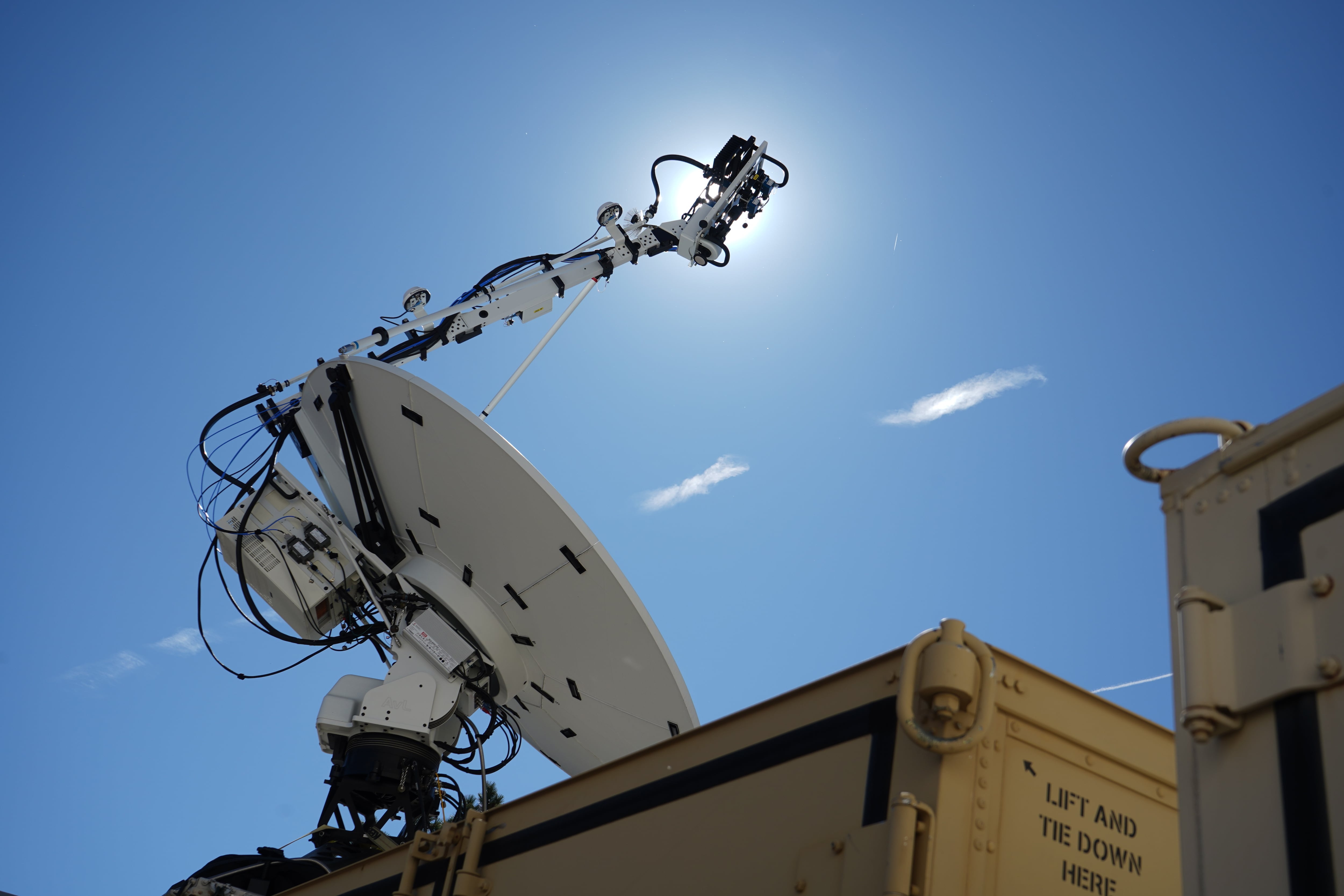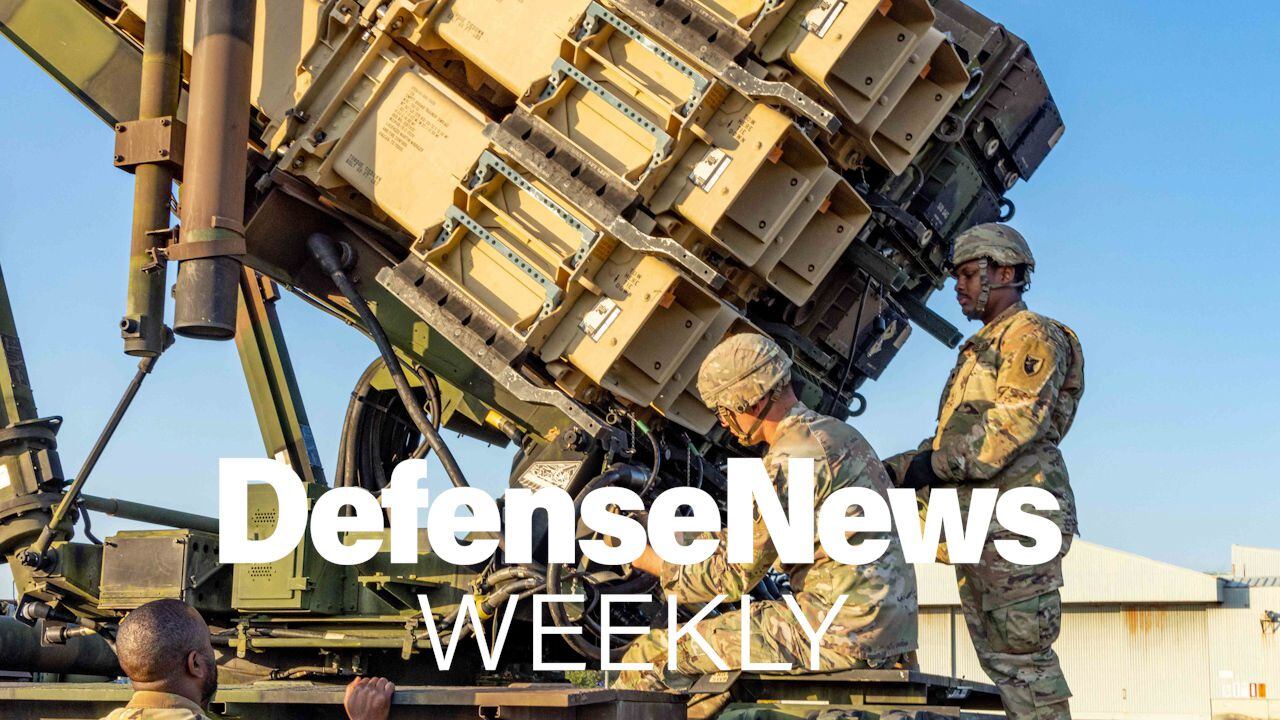The Department of Defense made public this week its
, shedding some light on information-based capabilities including cyber, electromagnetic spectrum operations and space operations.
The report offers greater details about China's Strategic Support Force, created in 2015. The military organization garnered less than 30 words in the DoD's report last year, as it was in its infancy at the time of production.
This organization appears to link the Chinese People's Liberation Army's space, cyber and EW missions. The report makes note that the SSF may represent the PLA's first step in developing a cyber force that combines cyber reconnaissance, attack and defense capabilities under one hat. Importantly, it appears the PLA has taken note of U.S. Cyber Command's structure that consolidated cyber functions under a single entity.
The PLA also seems to make a clear distinction between peacetime cyber operations and wartime cyber operations, the report notes. Peacetime operation include the defense of the electromagnetic space and cyberspace given China's increasing reliance on the information economy, while wartime capabilities could help the PLA understand enemy trends, plan combat operations and ensure battlefield victories.
Cyberspace operations also play a critical role within China's anti-access, area denial, or A2/AD, which includes increasing opposing standoff range, though the report notes the Chinese do not use this term.
"Chinese cyberattack operations could support A2/AD by targeting critical nodes to disrupt adversary networks throughout the region," the report states. "China believes its cyber capabilities and personnel lag behind the United States. To deal with these perceived deficiencies, China is improving training and domestic innovation to achieve its cyber capability development goals."
These investments in so-called information capabilities serve a purpose for a more "informatized" military, according to the DoD's report. "The PLA conducts military exercises simulating these operations and likely views conventional and cyber operations as means of achieving information dominance," the report says. "PLA writings suggest EW, cyberspace, deception, counterspace, and other operations during wartime could deny an adversary's use of information."
According to a report published last year by the NATO Cooperative Cyber Defence Centre of Excellence, a Tallinn, Estonia-based think tank, China does not merely view cyberspace capabilities individually, but rather China perceives everything as part of a broader "transformation from an industrial society to an information society, referring to the process as informationisation."
"For the Chinese, cyberspace is thus only a subset of information space — the landscape for the largest scale communication to the world's population, which includes human information processing and cognitive space," the think tank report adds.
Moreover, the DoD recognizes that PLA writings indicate the effectiveness of information warfare and cyber in recent conflicts, advocating the targeting of command-and-control and logistics networks. "As a result," the DoD report asserts, "the PLA may seek to use its cyberwarfare capabilities to collect data for intelligence and cyberattack purposes; to constrain an adversary's actions by targeting network-based logistics, communications, and commercial activities; or to serve as a force-multiplier when coupled with kinetic attacks during times of crisis or conflict."
The DoD's report also notes that U.S. government computer systems across the globe have continued to be the targets of China-based intrusions thorough 2016. These intrusions included extracting information from networks. Of note, China uses cyber to support intelligence collection against U.S. diplomatic, economic and the defense industrial base sector.
Despite an agreement mined between Barack Obama while he was the president of the United States and Chinese President Xi Jinping to halt the targeting of information for economic purposes — a deal experts largely agree is being adhered to — China has allegedly targeted defense contractors, stealing plans for high-tech systems and aircraft. The country has also allegedly hit what many deemed the mother load of intelligence caches when the U.S. Office of Personnel Management databases were hacked.
China also has reportedly invested heavily in space, counterspace and electronic warfare capabilities. PLA electronic warfare capabilities tested include jamming equipment that can be used against multiple communication and radar systems as wells as GPS satellites.
Mark Pomerleau is a reporter for C4ISRNET, covering information warfare and cyberspace.








